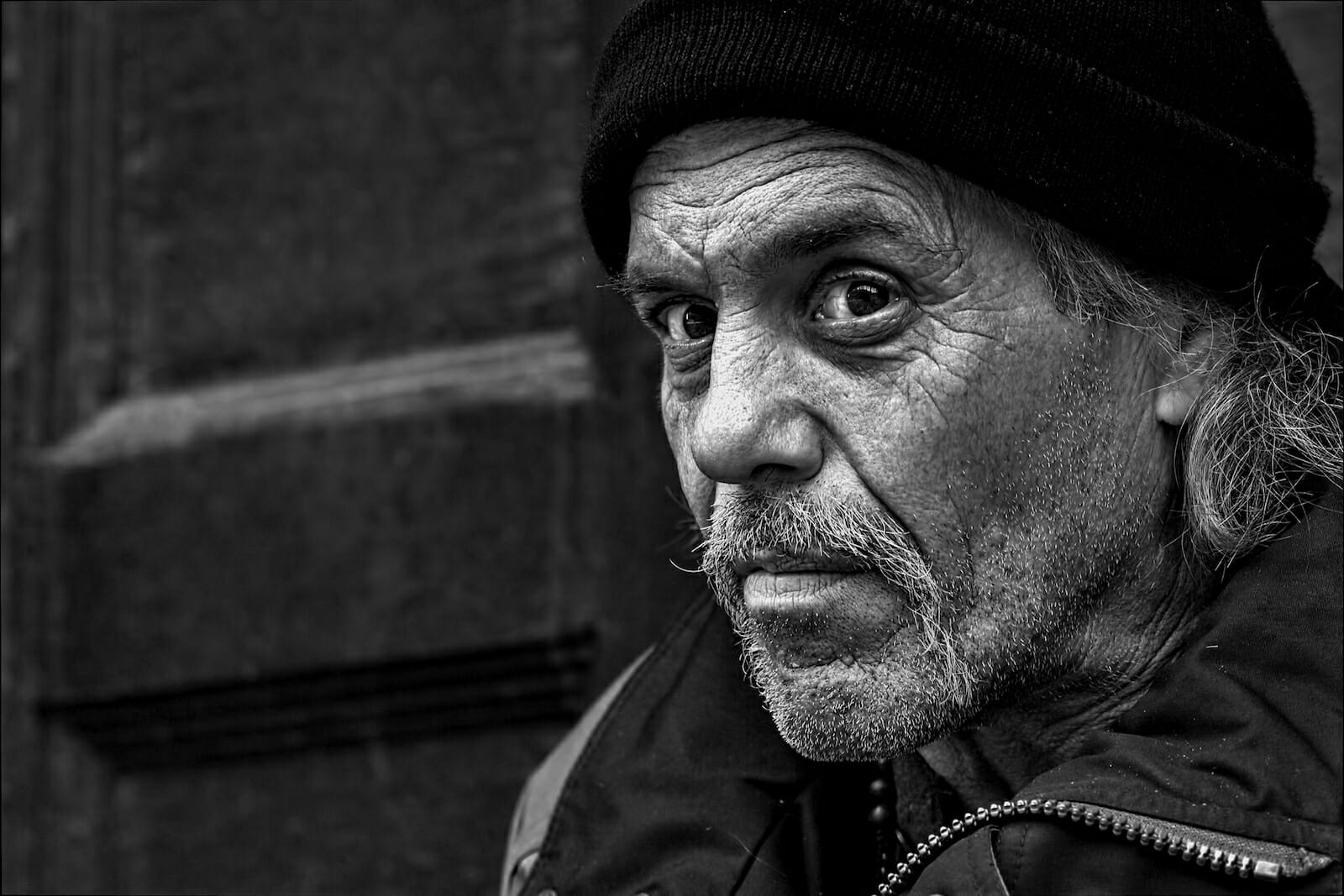
Homeless in America
Even as California became the sixth largest economy between the UK and France as well as the world’s wealthiest sub-national entity, it also hit the headlines for more dismal reasons as 25% of the people without a roof over their heads in the United States happen to be in sunny California. Around 55,188 people lack shelter in Los Angeles while 76,501 have been recorded in New York City. Homelessness has spiked for the first time in seven years after the recession and California is responsible for this surge. In 2017, nearly 554,000 Americans ‘slept rough’ and one out of every five of these were from either New York City or Los Angeles according to the U.S. Department of Housing and Urban Development report.
Unexpectedly, it is the rich Santa Clara County, home to the famous Silicon Valley with 76,000 millionaire households the county saw the highest increase in homelessness from 2016 to 2017. Having the largest income gap and facing the highest number of homeless deaths, this rich state has nearly 134,000 shelter-less people now. Sleeping in vehicles, living in makeshift tents on Los Angeles thoroughfares or hiding in uninhabitable places, these Americans have no place to call home.
Usually the head-count is carried out on a specific date in January annually and can vary, but these figures were the highest compiled in seven years. Cities in the coastal states of California, Oregon and Washington showed spiraling stats which prompted nearly 10 city and county governments to declare a state of emergency since 2015.
Perceiving no end in sight to the crisis, working in Los Angeles since 1984, Bob Erlenbusch complains, “I never in a million years thought that it would drag on for three decades with no end in sight.” Around one-third of the homeless are African-Americans, mostly living in tents. Furthermore those who work with these communities often say there is an under-count as a proper survey cannot be carried out in a single night. The same survey is submitted in front of Congress and government agencies responsible for distributing money for programs to help the homeless. Facing disease outbreaks and hygiene issues, the homeless population in California had a devastating Hepatitis A epidemic and a state of emergency had to be announced in October.
Ostensibly the national poverty rate fell to the same level as before the recession, but economic growth indirectly contributed to homelessness as housing became more expensive and beyond the reach for the average wage earner. Hourly wages grew at a snail’s pace over the decades, from $16.74 in 1973 to just $17.86 in 2016, as reported by the Economic Policy Institute.
Consequently, when the suitable hourly wage for renting a one room apartment becomes $27.29 in New York City and $22.98 in Los Angeles, homelessness is unavoidable. Acknowledging this factor, Housing and Development Secretary Ben Carson observed that rents were rising “much faster” than incomes in cities like Los Angeles and New York.
Despite a vibrant stock market and a growing gross domestic product, poor Americans struggle to make ends meet. The suburbs are getting poorer and the race for survival is getting tougher as rents have escalated beyond affordability while wages have not registered the same increase. Thomas Butler Jr., one of the tent-dwellers in downtown Los Angeles says, “A lot of people in America don’t realize they might be two checks, three checks, four checks away from being homeless.”
Making matters worse, homeless people receive no rental assistance from the government even though it prefers to spend double on giving wealthy Americans a reduction in housing taxes. Government schemes for affordable housing could have solved the problem but the tax reforms passed by Congress only make funding more difficult.
Trying to find solutions, the people of Los Angeles taxed themselves and raised billions, but California still has the highest poverty rate if housing costs are considered, around 20.4%. Commenting on the crisis, Sara Kimberlin from the California Budget and Policy Centre was disappointed that the vibrant state economy hadn’t “translated into a quality of life improvement for a lot of Californians.” Meanwhile, small makeshift housing colonies have come up in Oregon and Washington State, while Hawaii is working on tent encampments on a self-help basis.
Meeting more success in resolving the issue, New York City has come up with a system whereby people can get a cot to sleep, thus even though it has 76,000 homeless only 5 % are considered without shelter. On an urgent footing, the U.S. government needs to work with communities and non-profit organizations working on the ground to resolve the crisis, as California alone needs an estimated 180,000 new housing units yearly to keep up with its population growth.

